Revaluing the role of the tongue in obstructive sleep apnea
| dc.contributor.author | Cahali, Michel Burihan | en |
| dc.date.accessioned | 2020-09-11T04:29:36Z | |
| dc.date.available | 2020-09-11T04:29:36Z | |
| dc.date.issued | 2019-09 | |
| dc.identifier.citation | Cahali MB. J Bras Pneumol. 2019 Sep 5;45(4):e20190208. doi: 10.1590/1806-3713/e20190208. | en |
| dc.identifier.other | 10.1590/1806-3713/e20190208 | |
| dc.identifier.uri | http://digital.bibliotecaorl.org.br/handle/forl/417 | |
| dc.description.abstract | Since the earliest descriptions of obstructive sleep apnea (OSA), researchers have been struggling to determine the location and pattern of airway collapse in this disease. From the early general notion of upper airway apnea to the most recent detailed classifications of the patterns of collapse seen on drug-induced sleep endoscopy (DISE), understanding the complex mechanical behavior of the upper airway during sleep in individuals with OSA remains a challenge and provides an opportunity to advance the medical and surgical treatment of OSA. | en |
| dc.language.iso | en_US | en |
| dc.publisher | J Bras Pneumol. 2019 Sep 5;45(4):e20190208. doi: 10.1590/1806-3713/e20190208. | |
| dc.source.uri | https://doi.org/10.1590/1806-3713/e20190208 | |
| dc.subject | Obstructive Sleep Apnea | en |
| dc.title | Revaluing the role of the tongue in obstructive sleep apnea | en |
| dc.title.alternative | J Bras Pneumol. 2019 Sep 5;45(4):e20190208. doi: 10.1590/1806-3713/e20190208. | en |
| dc.type | Artigo | en |
Arquivos deste item
| Arquivos | Tamanho | Formato | Visualização |
|---|---|---|---|
|
Não existem arquivos associados a este item. |
|||
Este item aparece na(s) seguinte(s) coleção(s)
-
Artigo [10]
